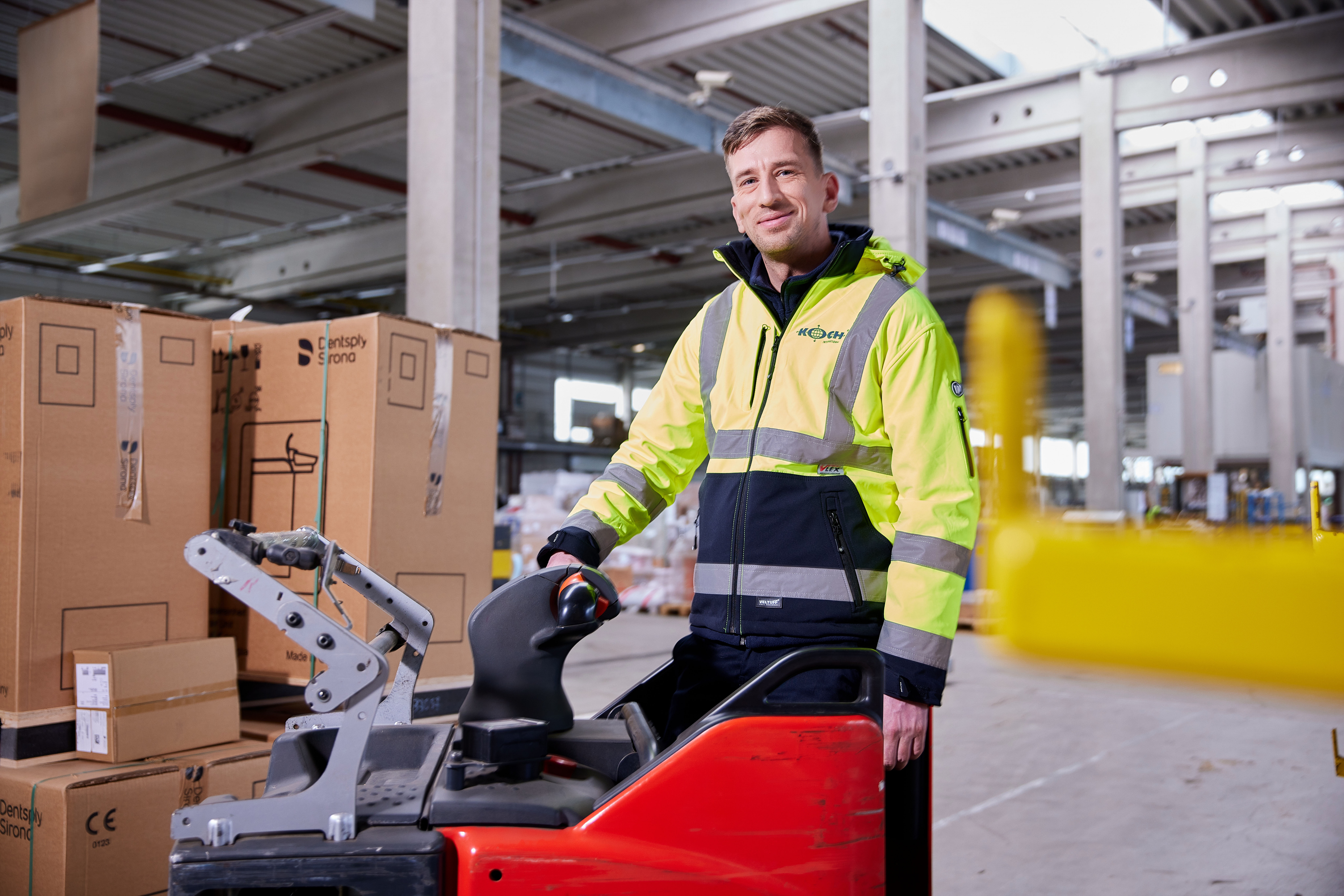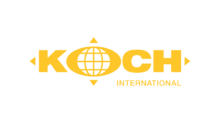Sea Freight – Always on Course
Sea freight is the backbone of international trade and an indispensable part of global logistics. With the ability to transport large quantities of goods over long distances, sea freight is a crucial driver of global commerce. It connects countries and continents, facilitating the exchange of goods, raw materials, and finished products in a cost-efficient and reliable manner. Without sea freight, the supply chains of many industries, including consumer goods, automotive, and electronics, would be significantly disrupted.
Sea freight is one of the oldest and most efficient methods of transporting goods and plays a vital role in international trade. It enables the transport of large quantities of goods over long distances and offers cost-effective solutions for businesses worldwide. By utilizing modern container technologies and a global network of ports and freight forwarders, we ensure that your cargo arrives safely and your supply chain is optimized.
At Koch International, we offer customized sea freight solutions that cover all your transportation needs. As an experienced sea freight forwarder, we are your reliable partner for all sea transport requirements, from handling containers to optimizing the entire transport chain. Our experts provide you with extensive advice based on their comprehensive experience in sea freight and container transportation.
We transport your goods and commodities reliably to their destination by sea. Thanks to our long-standing partnerships with renowned shipping companies at key ports worldwide, your shipments reach their destination flexibly and safely. Additionally, we are a member of the global network World Cargo Alliance (WCAworld). Your advantage: through powerful partners around the world, we enable smooth freight handling right to your customers’ doors.
CO2 reduction and CO2 compensation
Climate-friendly
imports and exports
We are now offering climate-friendly imports and exports under the name Better Circular. The Better Circular label creates transparency for consumers. We focus on means of transport or fuels that reduce CO2 emissions or are offset by certificates.
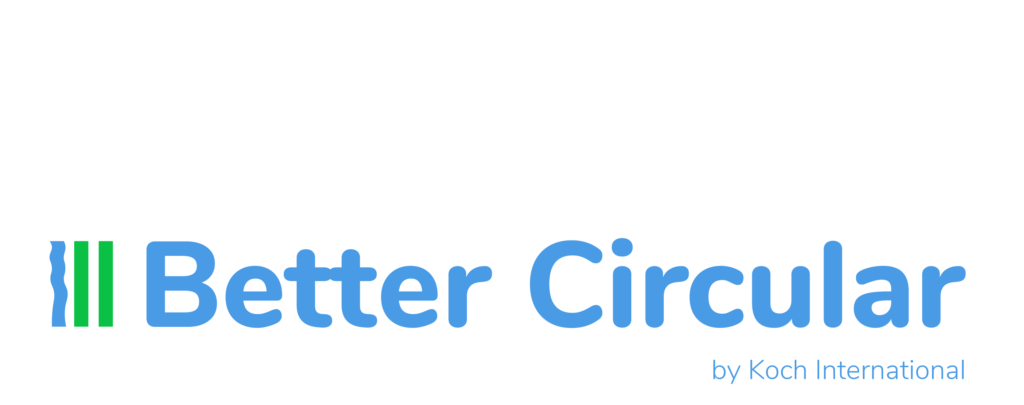
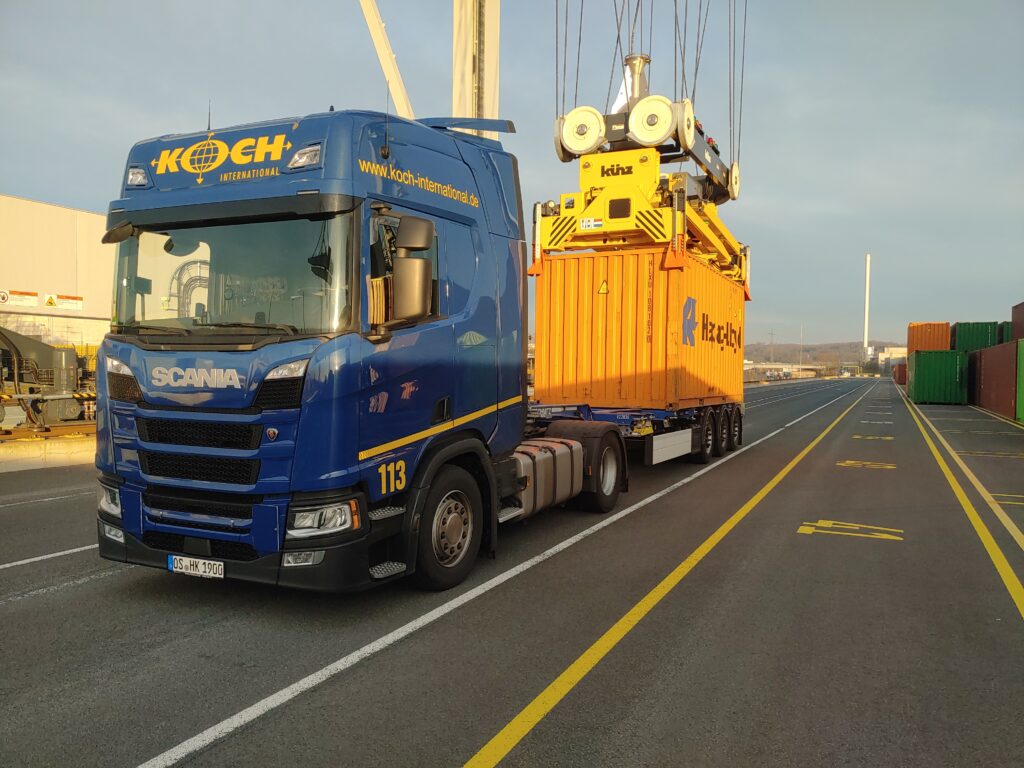
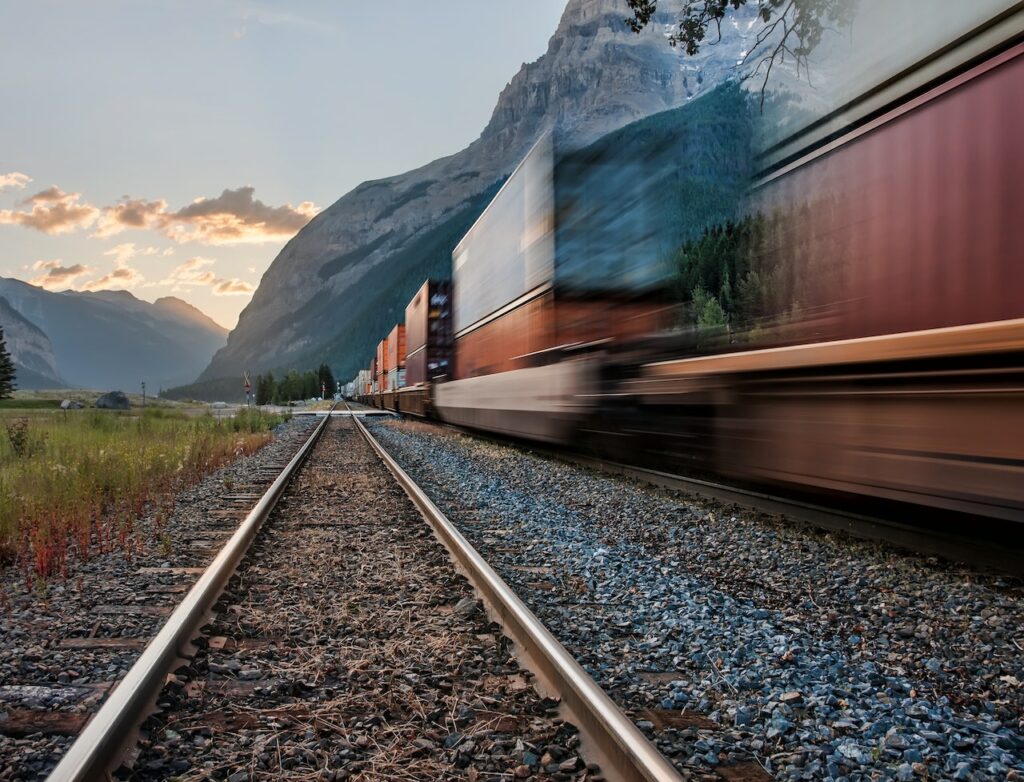
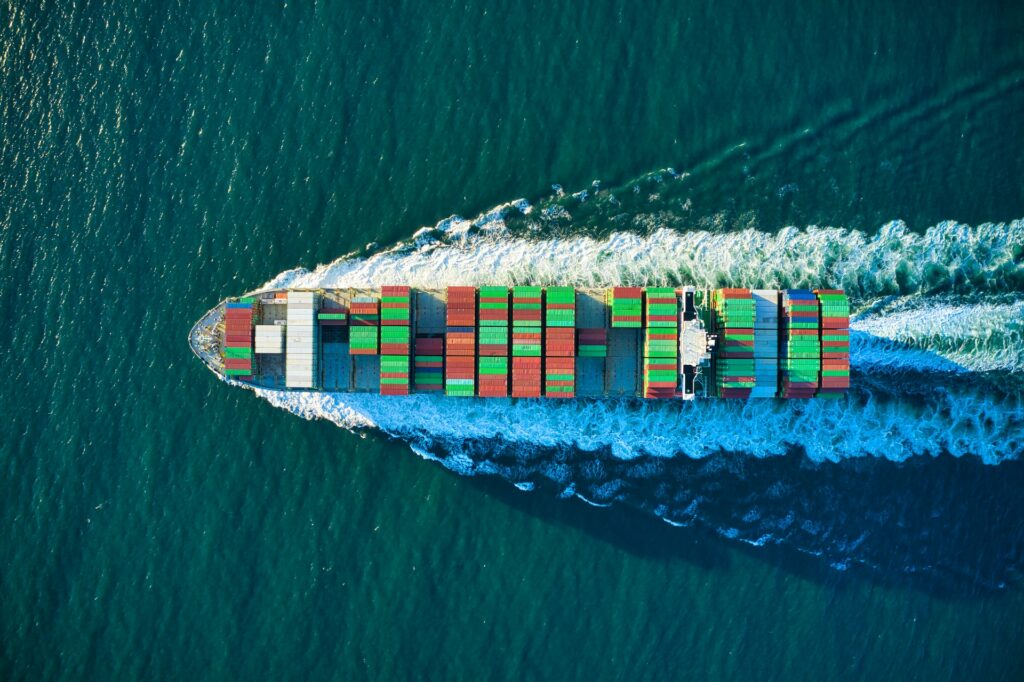
Our Sea Freight Services
Koch International offers a comprehensive range of sea freight services tailored to the specific needs of our customers. Our industry specialists ensure high transport quality, optimal space allocation, and prompt handling – not only at sea but also in pre- and post-carriage to and from major ports by rail or road.
We offer both Full Container Load (FCL) and Less than Container Load (LCL) services. For businesses that need to ship large quantities of goods, the FCL option is ideal, as an entire container is used exclusively for your cargo. This ensures that your goods are transported safely and without interference. For smaller shipments, we offer the LCL option, where you share the container with other customers. This is a cost-effective solution for companies that do not ship large volumes but still want to benefit from international sea freight.
With our premium service, which includes modern communication technology, IT systems, and real-time data exchange, we provide you with seamless Track & Trace. You can add this service to FCL shipments to keep an eye on your shipment at all times.
For special requirements, we offer every common container type, such as Open-Top Containers or Reefer Containers. Open-Top Containers are ideal for transporting oversized or bulky goods that do not fit into a standard container. The open top allows for easy loading and unloading from above, providing flexibility for special cargo types. Reefer Containers, also known as refrigerated containers, are specially designed containers that provide a controlled temperature environment to safely transport temperature-sensitive goods. These containers are essential for industries such as food, pharmaceuticals, and chemicals, where maintaining a constant temperature is crucial for the quality and safety of the products.
Our Services at a Glance:
- Cross Trades: Cross-border transports where the sender, the shipping location, and the receiving location are in different countries.
- Break Bulk: Cargo that does not fit into a standard container but consists of individual oversized and bulky items.
- Intermodal Transport: Combined transport linking different modes of transport.
- FCL Shipment: Sea freight shipping as a full container load.
- LCL Shipment: Sea freight shipping as a less-than-container load.
- RoRo: Stands for Roll on/Roll off. Transport vehicles such as trucks or cars drive onto a ship or rail wagon at the loading port/terminal under their own power and drive off at the destination.
Global Sea Freight Solutions
With a global network of partners and offices, we are able to organize sea freight transports worldwide. Whether you are shipping goods to Asia, Europe, America, or Africa, we offer customized solutions for your international sea freight needs.
Sea freight is an integral part of the entire supply chain. We offer comprehensive solutions that cover the entire transport chain – from picking up your cargo to transporting and delivering it to the destination. Our experts ensure that your goods arrive safely. By integrating our sea freight services into your logistics processes, you can significantly enhance the efficiency of your supply chain.
Sea freight export or import is ideal for large quantities and high volume or total weight. In some cases, sea transport is a good alternative for goods restricted for air freight. Additionally, the lower CO2 emissions compared to air freight speak for this mode of transport.
Your benefits:
- We take over the entire process, including transport documents
- You benefit from our extensive experience
- Our membership in the World Cargo Alliance ensures the smooth transportation of your freight worldwide
- You have a single point of contact for all matters for the entire transport service, from beginning to endd
LOGISTICS BEYOND BORDERS: Unlimited Transport
Every shipment is unique, and we offer tailored solutions that meet your specific requirements. Whether it’s urgent deliveries, heavy cargo, or sensitive goods, we have the expertise and resources to meet any challenge. Our customized services ensure that your goods arrive safely at their destination.
Need it faster? We are also your competent forwarder for air freight. Our company offers door-to-door services, express deliveries, preparation of transport documents, and customs clearance. Whether single cartons or multiple pallets – depending on your requirements, we ensure that your cargo finds space on the plane.
In addition to sea and air freight services, Koch International offers logistical solutions by rail or truck. Our experienced team finds the right solution for your entire supply chain.
Our customized solutions include a variety of services, such as special packaging solutions, freight transportation, and individual transport plans. We work closely with you to understand your needs and develop the best solutions to meet your requirements. Our goal is to provide you with a seamless and efficient transport process tailored to your specific needs.
For more information about our services, a non-binding instant quote, and prices for transport, please contact our sea freight team. Together, we will look at your supply chain and find the right path for your entire transport chain.
Do you need special transport solutions? We are experts in individual requirements. Trust our expertise to deliver your shipments safely and on time.

The most frequently asked questions about sea freight:
Idle time of the shipowner in port; is calculated if a defined free timeframe for loaded containers in port is exceeded:
For imports = from arrival of the ship until acceptance
For exports = from delivery until departure of the ship
The shipowner’s container rental; is calculated if a defined free timeframe is exceeded:
For imports = from the loading of the full container until the return of the empty container
For exports = from the loading of the empty container until the return of the full container
Essentially, it is the time in which the container is not in the shipowner’s possession
The terminal’s storage fees; is calculated if a defined free timeframe is exceeded:
For imports = from arrival of the ship until acceptance
For exports = from delivery until departure of the ship
Guidelines for determining the verified gross mass of freight containers.
There are 2 methods for calculating the gross mass:
Method 1: Weighing the packed and sealed container
Method 2: Weighing all the individual packages and cargo (incl. pallets, stowage materials) and adding the tare weight of the container to obtain a total weight
20’ standard containers
40’ standard containers
40’ High Cube standard container (higher than the 40’ standard container)
45’ standard containers
Open-top containers 20’ and 40’ (containers with an open top (can be covered with a tarpaulin), e.g. for overheight goods)
Flatrack containers 20’ and 40’ (containers without side walls and roof), e.g. for overheight and/or overwidth goods
Reefer containers 20’ and 40’ (refrigerated containers in standard dimensions with own refrigeration/heating unit, e.g. for foodstuffs and temperature-sensitive goods)
Platform containers 20’ and 40’ (containers with a platform without side and end walls), e.g. for overwidth and/or overlength goods
Calculation of the sea freight based on dimensions (in cubic metres) or weight (in tonnes), where the higher value is used for calculation.
Estimated Time of Departure
Estimated Time of Sailing
Estimated Time of Arrival
Original B/L = a negotiable document, ownership is transferred by handing over the original B/L. Is used, e.g. for LOC settlement, new business relationships as security for receipt of payment.
At least 1 original B/L must be submitted for release in the port of discharge
Telex release B/L = an original B/L is created for security, after receipt of payment a switch to telex release B/L can be requested, which is then used like a sea waybill for processing
Sea waybill = a non-negotiable document whose electronic form is sufficient for release in the port of discharge
Importer Security Filing is a customs and border security requirement in the USA. All required data (among other things, names and addresses of buyers, sellers, importers, manufacturers and final recipients, type of goods with HS code, country of origin, container data) must be submitted to the American customs office no later than 24 hours prior to ship departure. Non-compliance or false statements risk considerable fines.
Other topics that might interest you:

